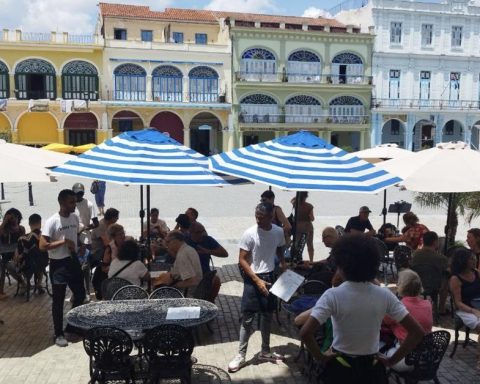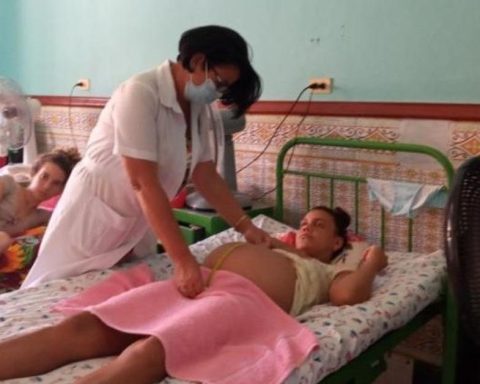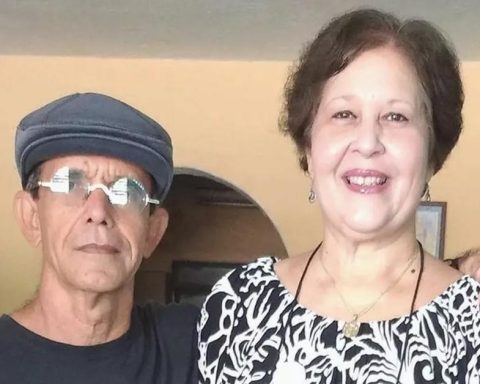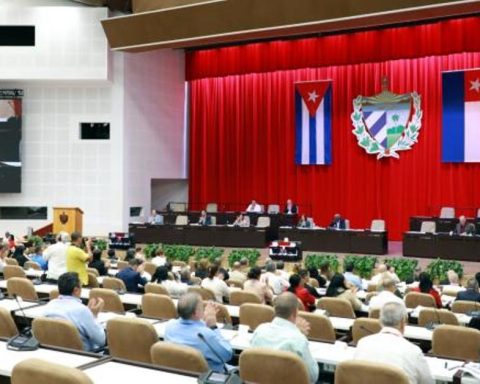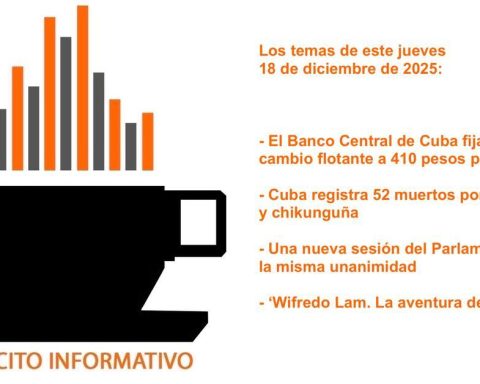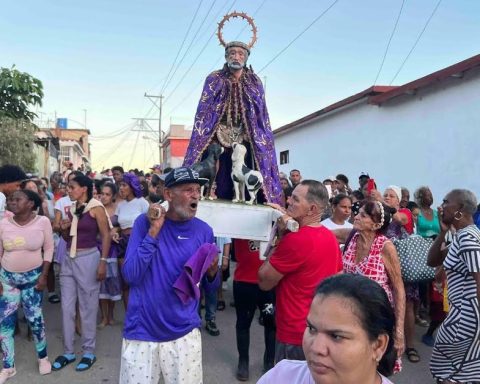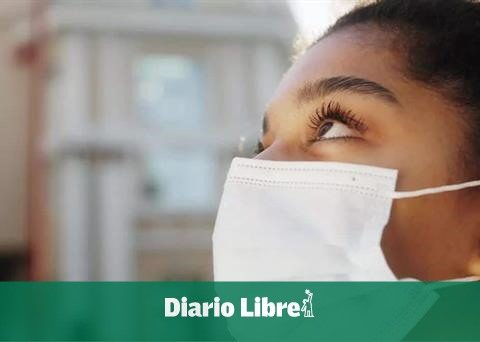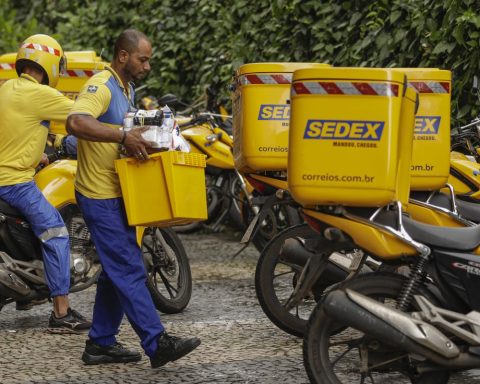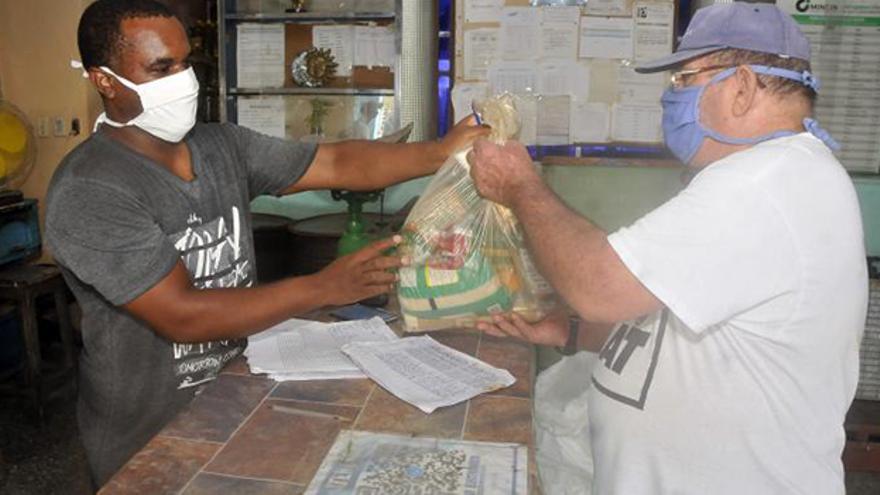
Like rain in May, a shipment of 30,000 food modules arrived in Santiago de Cuba this Tuesday, which the authorities plan to allocate to the most vulnerable families in the province. The local press noted that the packages were made with “donations from countries in solidarity”, but did not say which ones.
The distribution will begin in the José Martí District, a district of the provincial capital that presents one of the most serious situations in terms of food, as well as numerous neighborhoods of arrive and put. Supplies will then be sent to the main municipalities and other emergency areas, according to the merchandise director of the Domestic Trade Business Group, Leonardo Lamela.
Each module consists of two kilos of rice, legumes, spaghetti or elbows, as well as two cans of sardines, Lamela listed in an interview for the Cuban News Agency (ACN). The social workers of each popular council will have to make a list with the possible beneficiaries and, through the warehouses, deliver the units.
The authorities will give priority, he said, to the most precarious cases they have registered: 1,938 pregnant women, 22,301 disabled or in need of some type of assistance and 1,154 underweight children. Bárbara Rodríguez, mother of a child with a disability, celebrated the “gratification” represented by the modules, arrived at a moment of maximum crisis in which the essential food to support her son reaches prohibitive prices.
Rodríguez reminded the press that the packages “do not meet all the needs of a home”, although “they do ease the monetary burden in terms of maintaining a family”
However, Rodríguez reminded the press that the packages “do not meet all the needs of a home,” although “they do ease the monetary burden in terms of maintaining a family.”
With the news that, as of May, Cubans over the age of 13 will no longer receive regulated chicken, the situation became even more precarious. Other foods, such as eggs or oil, have been on the “disappeared” list for months.
A good part of Cuban families have crossed the threshold of poverty and food insecurity. Last April, the World Food Program (WFP) put numbers on the crisis: Cubans between the ages of 14 and 60 only cover 36% of their energy intake, 24% of the daily protein ration and 18 % of fats.
In an extensive report by the Global Network against Food Crises, published this Wednesday in collaboration with various United Nations agencies, a small section is dedicated to Cuba, which lists the problems facing the island since the covid-19 pandemic. 19.
“In 2022, the ability to import critical food and fuel commodities continued to be constrained by high international prices, which reduced the supply and availability of agricultural inputs,” the report said.
He also recalls that the Island has not yet been able to replace the losses caused by the passage of Hurricane Ian in September 2022, which affected the province of Pinar del Río above all with losses in crops and infrastructure.
However, the maximum responsibility continues to fall on the poor economic management of the Government, which has systematically neglected its food strategy and has reduced imports. Meanwhile, domestic production continues to be unable to alleviate the deficit that, for years, has plagued a country in which short-term solutions are no longer effective.
________________________
Collaborate with our work:
The team of 14ymedio He is committed to doing serious journalism that reflects the reality of deep Cuba. Thank you for accompanying us on this long road. We invite you to continue supporting us, but this time making you a member of our newspaper. Together we can continue transforming journalism in Cuba.
